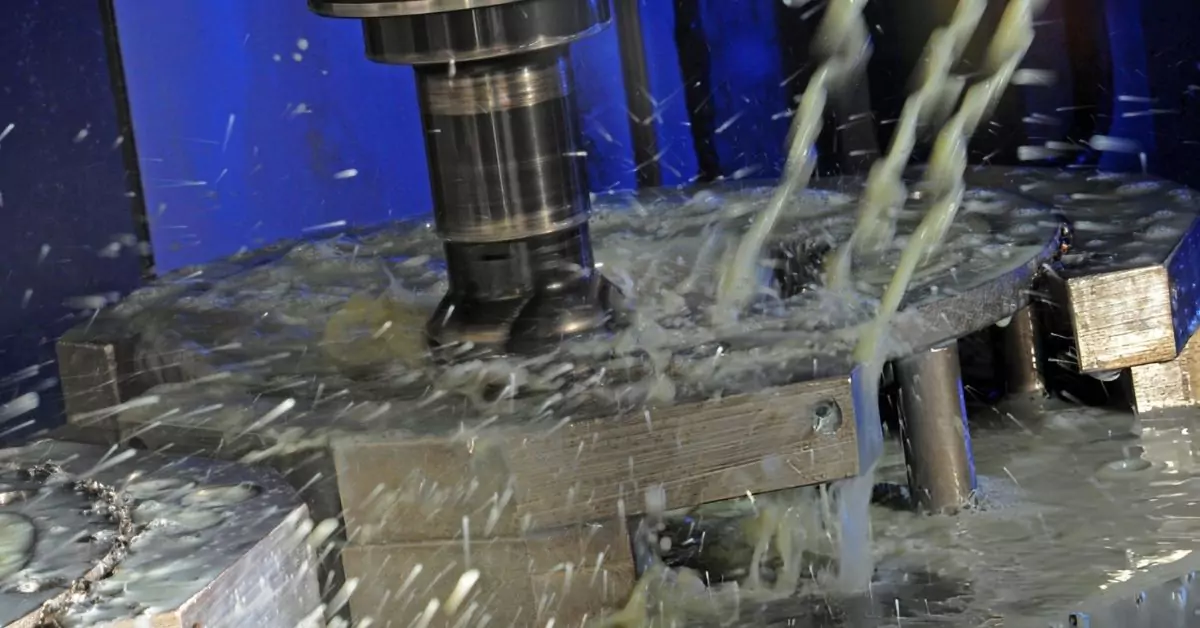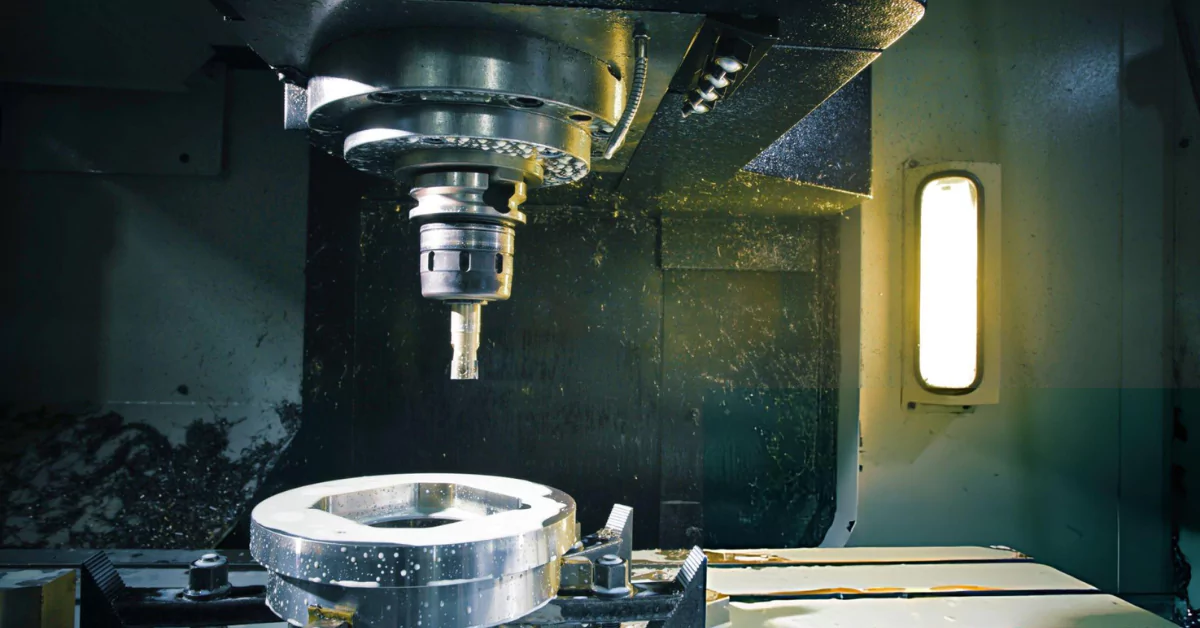Understanding the three main Machines and Technologies including Milling, Turning and drilling
Machining techniques are essential in manufacturing. They provide flexibility and precision for the manufacture of parts made from plastic or metal. In this regard, turning, milling, and drilling comprise the three primary methods that each have specific applications and advantages. This article provides a thorough review of the machining techniques with a focus on their advantages and applications in industry.
What’s Turning?
A turning is a process of machining which involves cutting tools that remove the material of a workpiece that is rotating. The process is used primarily to make cylindrical pieces with high-precision. This process is typically used in the manufacturing of components like shafts, spindles and pulleys.
The Key Characteristics of the Turning
- Rotational Cutting: The piece of work is spun on a lathe while the cutting tool is moved on the axis that rotates.
- precision: The capability to achieve precise tolerances as well as smooth surfaces.
- Flexibility: Suitable for a range of different materials, such as plastics and metals.
Application of turning
- Automotive Industry: manufacturing components, such as camshafts or crankshafts.
- Aerospace Designing and manufacturing precision pieces for engines in aircraft.
- Medical Equipment: Producing surgical instruments and implants.
In the case of those who are looking to learn more about machining technologies the basics of the basics of turning is essential to have an enlightened skill set for manufacturing.
What is Milling?
Milling is a type of machining which involves a cutting tool rotating around to extract materials from a fixed workpiece. This method is well-known for its capability to create complicated shapes and precisely sized dimensions.
The Key Specifications of Milling
- Multi-Cutting Edges: This cutter comes with several edges that allow the efficient removal of material.
- Multi-purpose: Capable of producing various features such as pockets, slots, as well as intricate patterns.
- Adjustable Angles Milling machines are altered to cut at a variety of angles and in different depths.
Application of Milling
- Production: Making intricate components to be used in equipment and machinery.
- Aerospace and Defense: Manufacturing components that feature intricate geometries.
- Tools: Molds, dies and molds to make metal and plastic components.
Milling technology is essential to those working involved in machining engineering and enables you to produce both basic and intricate components.
What is Drilling?
Drilling is the process that’s employed to make holes in the workpiece. It is a simple process, however it is crucial to produce pieces that require exact and even holes.
Major features of drilling
- Simple Operation Utilizes a drill to cut away material and make holes.
- Variable Sizes: Capable of drilling holes with various dimensions and depths.
- Straightforward Setup It is often less complicated to set up time than other machining techniques.
The Applications of drilling
- Construction creating holes that can be used for screws, bolts, as well as other fasteners.
- Production: Drilling holes in order to facilitate fit and assembly of parts.
- Automotive drilling holes to structural components of engines and parts.
Professionals working with machining technologies, drilling is an important skill to a variety of uses.
What Do These Technologies impact Manufacturing
When it comes to production, the decision between milling, turning or drilling has a major impact on the efficiency of production, price as well as quality. Each technique has their own advantages, making important to choose the most appropriate technique based on what the parts that is being made.
- Effectiveness: Choosing the right manufacturing process could reduce times and cost.
- Qualitative: Precision and finish quality differ between different technology, which affects the end item.
- Cost-Effectiveness Every process comes with its own expenses associated with the setup as well as tooling and operations.
The professionals in this field must keep up-to-date with developments and the latest developments in these methods to enhance manufacturing processes as well as improve the overall performance of their business.
Comparing Turning, Milling, and Drilling
Each of these machining technologies has its unique strengths and applications. Here’s a comparison to highlight their distinct features:
| Technology | Primary Function | Typical Applications | Key Advantages |
|---|---|---|---|
| Turning | Creating cylindrical parts | Automotive, Aerospace, Medical Devices | High precision, smooth finishes |
| Milling | Cutting complex shapes | Manufacturing, Aerospace, Tooling | Versatile, adjustable angles |
| Drilling | Creating holes | Construction, Manufacturing, Automotive | Simple operation, various sizes |
Understanding the strengths of turning, milling, and drilling helps in choosing the right machining technology for specific tasks, whether you’re working in machining engineering jobs or managing machining projects.
Conclusion
Understanding the three main types of machining technologies–turning, milling, and drilling–is crucial for anyone involved in Metal Fabrication, manufacturing and engineering. Each method has its own advantages and uses, which makes these techniques valuable across a variety of sectors. Through mastering these techniques experts can improve their abilities and help contribute to greater efficiency and precision in manufacturing.
To gain more information about the machining technology and its application, take a look at the possibilities and resources in the sector like job openings and programs for training for machines.
By focusing on the key aspects and applications of turning , milling , and drilling , this guide aims to provide a comprehensive overview that is both informative and shareable, aligning with the needs of professionals and enthusiasts in the field.




